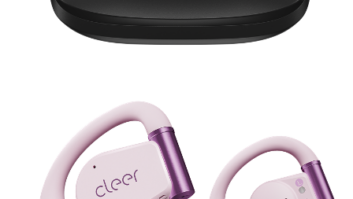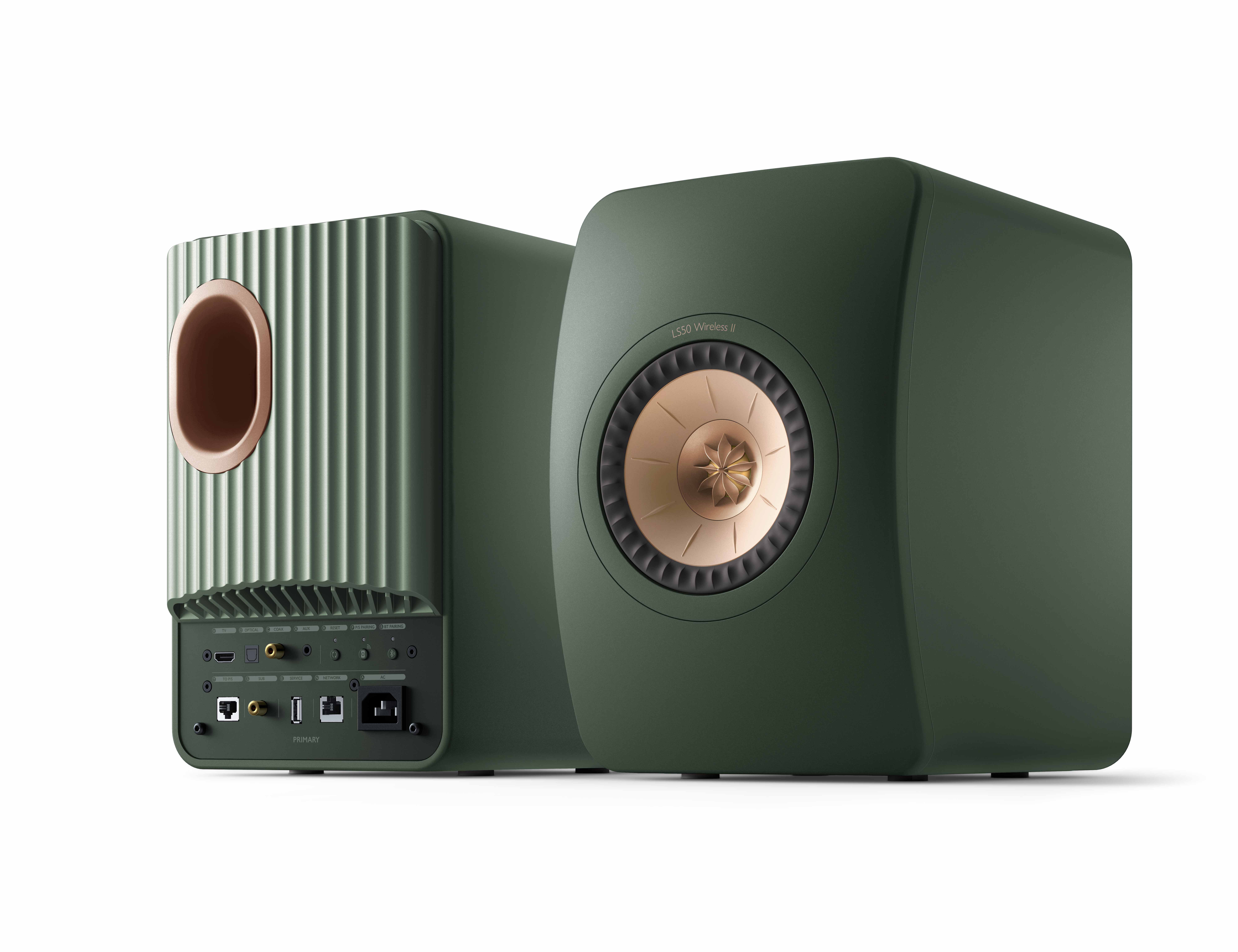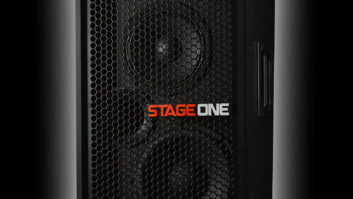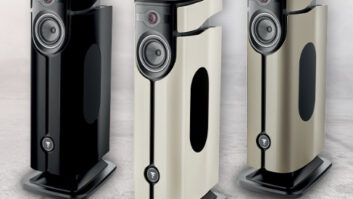The wireless industry forged new links to the Internet and portable computing devices at Wireless 2000, where industry players allied themselves with Web portals and on-line service providers to deliver e-mail and content directly to phones, pagers and hybrid phone/PDAs.
During this week’s New Orleans event, Microsoft announced agreements with wireless voice carriers Nextel and AirTouch Cellular to provide wireless access to on-demand content available through the new 2.0 version of Microsoft’s MSN Mobile Network portal. The portal includes the free MSN Hotmail e-mail and such content services as driving directions, flight status checks, stock information and news. The service will be available in April.
America Online also took an active role at Wireless 2000, announcing plans for a co-branded AOL/Motorola TimePort P935 two-way pager that will provide wireless access to a subscriber’s AOL e-mail and AOL Instant Messenger service. The service and pager are targeted for second-half delivery. The device is part of a plan announced last October to integrate AOL Instant Messenger service in a variety of Motorola wireless devices.
AOL also teamed up with Sprint PCS to begin by this summer offering AOL Wireless service, which will deliver AOL content, e-mail and Instant Messaging to Sprint phones equipped with a microbrowser. As early as the second quarter, Sprint will offer similar services from the Internet portal EarthLink. Sprint already offers Yahoo! content.
In other AOL agreements, messaging carriers Arch and BellSouth Wireless Data announced plans to add AOL Instant Messaging to select devices.
On the device side, handset suppliers unveiled a greater variety of web-browsing PDA/phones. LG InfoComm, for example, unveiled its first LG-branded PDA/phone, which will be available to Sprint PCS exclusively for six months beginning June or July at about $399. Its dialing keypad flips open to fully reveal a 12-line LCD touch screen that’s partially concealed when the keypad is closed. Data is entered on a virtual keyboard. It also features a microbrowser and weighs only 6.5 ounces.
For its part, Samsung showed a mockup of its first PDA phone, code-named Phoenix, whose shape is reminiscent of a Palm device, and like a Palm features a large pen-based touchscreen with handwriting recognition. While its operating system wasn’t disclosed, it will use Palm’s handwriting recognition software. It will come with a microbrowser and touchscreen dialing keypad. The first version, due in the U.S. by the end of the year, will probably be a CDMA triband model.
Ericsson also showed a Palm-style device, but this device, dubbed the Communicator, is built on the Symbian alliance’s EPOC operating system. It features a color LCD screen, handwriting recognition, integrated GPS receiver, touchscreen dialing keypad, Bluetooth wireless connectivity to devices such as headsets, microbrowser, an Html web browser and 190MHZ processor. Though the cosmetics might change, it will be available as a GSM world phone with high-speed GPRS packet data when it ships in Europe and the U.S. late this year or early next. To hold a conversation, users would use the speakerphone function or plug in a hands-free headset.
In other PDA/phone developments, Microsoft and Qualcomm announced an alliance to develop a CDMA PDA/phone reference design based on Microsoft’s Pocket PC platform.
In other news:
- Ericsson showed its first CDMA phone, an 800MHZ dual-mode model due in the early second half at up to $149.
- Samsung demonstrated a CDMA phone incorporating IXRTT technology that boosts a CDMA network’s voice capacity and delivers high-speed packet data.
- And Samsung showed a previously displayed watch phone, which it hopes to ship in late 2000 for 1.9GHz networks. Its MP3-equipped hone, featuring 64MB embedded solid-state memory, is due in the third or fourth quarter. A combination phone/portable color TV was also demonstrated to gauge carrier interest.













